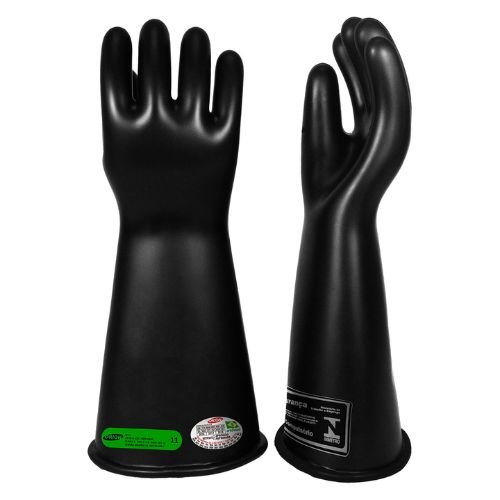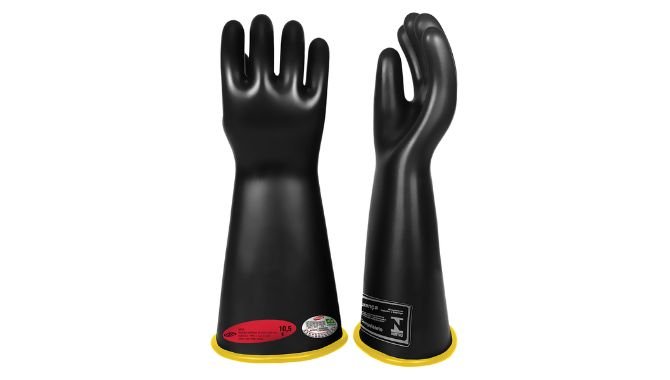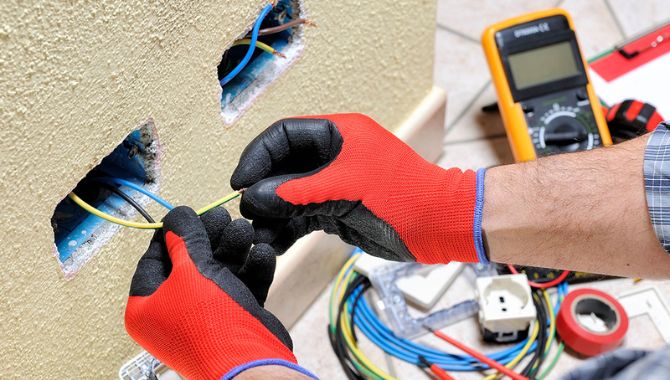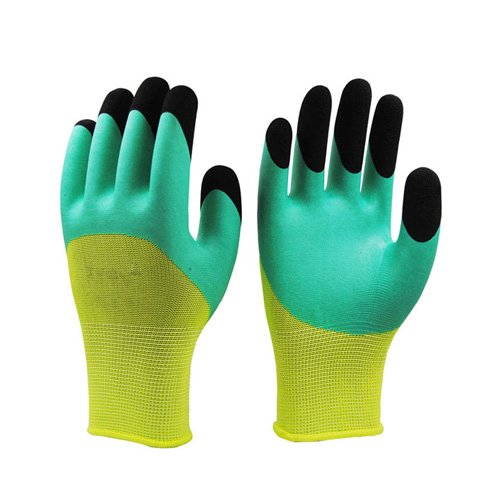Custom Insulated Rubber Gloves Manufacturer in China
An insulated rubber glove is used for electrical work. Wearing this equipment can prevent electric shock when operating on live wires. This hand protection equipment is available for high- and low-voltage applications. Additionally, the insulated rubber gloves are created with a natural latex state. Therefore, it ensures a much softer feel and excellent dexterity when working.
Aibon is a professional insulated rubber gloves manufacturer in China with more than 12 years of experience. We manufacture them using the ecological aqueous dip technique. All of our insulated gloves exceed NFPA70E specifications and ASTM-D120 standards.
Contact us today!
Types of Insulated Rubber Gloves

Our ASTM D120 gloves have passed the following test: AC proof, AC breakdown, DC proof, DC breakdown, chemical, tensile strength, etc.
Mechanical insulating rubber gloves are designed with outstanding mechanical protection. It can guarantee a high impact against punctures and tears.

Our standard insulating gloves provide extremely high dielectric qualities. It can be utilized in combination with leather gloves.
By Voltage Class
Insulated Rubber Gloves Feature

Our insulated rubber gloves come with bi-color features to easily detect the gloves altering dielectric properties.

Aibon insulated rubber gloves come with rolled cuffs. This feature enables comfort and easy handling.

Traceability helps you to know when gloves are compliant and tested with various standards.

Aibon offers various sizes of insulated rubber gloves ranging from 7 in. to 12 in. to accommodate female and male requirements.
Glove System
- Rubber Insulating Gloves: It is categorized by voltage protection.
- Linear Gloves: Designed to wear the gloves with comfort. It absorbs perspiration and provides warmth in a cool environment.
- Leather Protector Gloves: Insulated rubber gloves are worn with leather protector gloves. It can help to protect against punctures and cuts.


EN60903 Insulating Gloves
Aibon insulated rubber gloves are manufactured in compliance with European standards (EN 60903). This standard categorizes the gloves for specific applications. European standard includes several tests of insulated rubber gloves, such as:
- Glove dimension
- Glove finish
- Glove packaging and marking
- Dielectric qualities, mechanical achievement, thermal, and aging tests
Applications that Need Insulated Rubber Gloves
- Installation of high-and low-voltage electrical equipment
- Cable laying (132kV, 33kV, 11kV, and LV)
- Cable Jointing (Live LV, dead LV)
- Installation of substation (max. 11kV/415V)
- Overhead lines steel tower
- Civil engineering jobs such as backfilling and excavation


Why Choose AIBON
- Our team did electric tests on every insulated rubber glove prior to delivery.
- More than 15 years of experience in the latex dipping technique
- All our rubber gloves have an electric testing date with their serial number. It enables us to track down the gloves to their batches. Any issues and problems with the product that may arise can easily address.
Related Products
Inspection and Testing
At Aibon, all our insulated rubber gloves are inspected to ensure no damage before shipment. We implemented it in accordance with OSHA standards to ensure high-performance work. Additionally, air testing is included in the quality inspection based on ASTM standards.
This equipment can’t be used if it has the following defects:
- Tear, cut, hole, and puncture
- Ozone checking/cutting
- Immersive foreign objects
- Changes of textures including softening, becoming inelastic, etc.
- Various faults that destructs the insulating qualities.
Storage
When the insulated rubber gloves are not in use, you need to store them properly. This could ensure their integrity. Following are the correct storage of insulated rubber gloves:
- Must not be folded
- Keep out of unrestricted ozone, sunlight, heat, and other elements that may damage the gloves.
Choosing the Right Insulated Rubber Gloves
Choose insulated rubber gloves based on their class corresponding with the voltage level. Following are the classifications of gloves based on their environmental-resistant characteristics:
- Voltage
- Class
- Product color
- Size
- Standards and classifications













